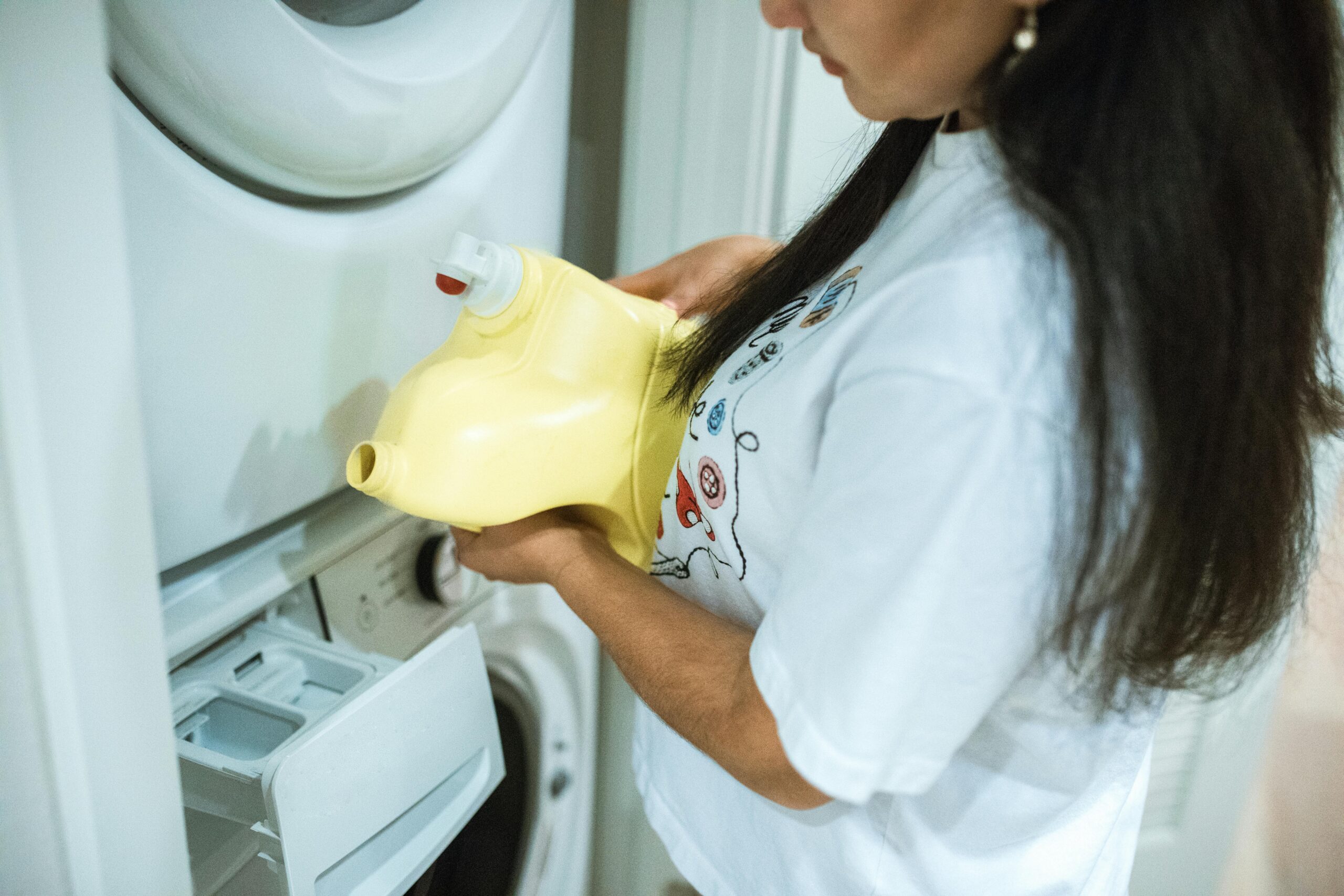Laundry is an unavoidable household task that consumes significant resources, from water and electricity to chemical detergents that impact our environment. By adopting more sustainable laundry practices, you can reduce your ecological footprint while extending the life of your clothes and saving money on utility bills. This article explores practical eco-friendly laundry tips that make a meaningful difference, from washing with cold water and selecting green detergents to embracing air drying and optimizing load sizes for maximum efficiency.
The Cold Truth About Water Temperature
One of the simplest yet most effective sustainable laundry practices is washing clothes in cold water. Hot water accounts for approximately 90% of the energy your washing machine uses. By switching to cold water cycles, you can dramatically reduce energy consumption while still achieving clean results. Modern detergents are formulated to work efficiently in cold water, eliminating the need for heat in most laundry situations. Cold water also helps preserve fabric colors and prevents shrinkage, extending the lifespan of your garments. For heavily soiled items that truly need hot water, reserve the higher temperature settings only for those specific loads rather than making it your default approach.
Choosing Earth-Friendly Detergents
The best eco-friendly detergent options go beyond cleaning performance to consider environmental impact throughout their lifecycle. Look for plant-based formulas free from phosphates, optical brighteners, synthetic fragrances, and harsh chemicals that can harm aquatic ecosystems. Concentrated detergents reduce packaging waste and transportation emissions while biodegradable formulations ensure that what goes down your drain won’t persist in the environment. Many eco-conscious brands also offer plastic-free packaging options like cardboard boxes or compostable containers. When comparing products, certification labels like EPA Safer Choice, USDA Certified Biobased, or EcoLogo can help identify genuinely environmentally responsible options rather than those making vague “green” marketing claims.
The Hidden Benefits of Air Drying
The dryer is typically the second-highest energy-consuming appliance in homes after refrigerators. The air drying clothes benefits extend well beyond energy savings. Sunlight acts as a natural disinfectant and brightener, while gentle air drying dramatically reduces the wear and tear that machine drying inflicts on fabrics. The heat from dryers breaks down elastic fibers and can cause shrinkage, diminishing clothing quality over time. For indoor drying during inclement weather, folding racks require minimal space and can be placed near heating vents for faster drying. While completely eliminating dryer use might not be practical year-round for everyone, even reducing usage by half can yield significant energy savings and extend your wardrobe’s longevity.
Load Optimization Techniques
Running your washing machine with full loads maximizes efficiency and represents one of the most straightforward ways to save water energy laundry costs. However, “full” doesn’t mean overloaded – clothes need room to move freely for proper cleaning. For smaller households that generate less laundry, waiting for full loads might mean extending the time between washes. Modern high-efficiency machines often have load-sensing technology that adjusts water usage accordingly, but they still operate most efficiently at capacity. Some washers offer specialized cycles for small loads, which can be useful when you absolutely must wash a few items. By planning laundry days strategically and sorting effectively, you can minimize the number of loads while maximizing resource efficiency.
Maintenance for Maximum Efficiency
Regular maintenance of your washing machine ensures optimal performance and resource efficiency. Clean the lint filter in your dryer before each load to improve air circulation and prevent fire hazards. Periodically run empty hot water cycles with vinegar or specialized washing machine cleaners to remove detergent buildup and prevent mold growth. Check hoses for leaks or cracks that waste water and potentially cause damage. If your appliances are aging and inefficient, consider upgrading to ENERGY STAR certified models, which use 25% less energy and 33% less water than standard models. AskHomey can connect you with appliance professionals who can properly install energy-efficient machines and ensure they operate at peak performance levels.
Embracing Eco-Friendly Laundry as a Lifestyle
Transforming your laundry routine into an eco-friendly practice requires mindful shifts in habits rather than drastic changes. Start by incorporating one or two sustainable techniques, then gradually expand your approach. Pre-treat stains promptly to avoid multiple washes, and consider spot-cleaning minor marks instead of washing entire garments. Extend the wear of lightly used clothing items like jeans and sweaters between washes. Use wool dryer balls instead of disposable dryer sheets to reduce static and soften clothes naturally. Each small adjustment compounds into meaningful environmental benefits while simplifying your laundry process and saving resources.
For more tips and to connect with reliable home service professionals, follow AskHomey on Facebook and Instagram.



